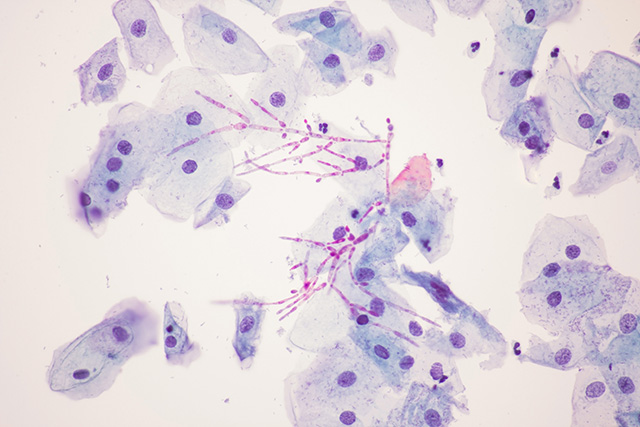
Microbial infections are among the leading causes of human disease. In modern medical conventions, the go-to method for curing infections is to prescribe antibiotics. However, such an approach comes with two problems.
First, while the first antibiotics were derived from natural compounds and chemicals, modern antibiotics are often made from synthetic “chemical relatives.” This means that while they may offer the same benefits, using them also comes at a price. Even common antibiotics are noted to cause a variety of side effects, including allergic reactions, nausea, diarrhea, abdominal pain, ulcers, and toxicity, among others.
Second, as the use of synthetic antibiotics increases, so does the resistance of the microbes they are supposed to target. This has led to the so-called “superbug,” bacteria that cannot be killed by standard antibiotics. Stopping them requires more powerful antibiotics which, in turn, causes more and worse side effects.
Eventually, even this stronger antibiotic will prove ineffective. The vicious cycle continues.
Candida albicans, the leading cause of invasive candidiasis, is an especially tricky problem to solve with conventional antibiotics. For one, it is remarkably resilient. It switches from yeast to hypha as its environment demands. This shape-shifting ability is part of what makes it so virulent – it travels through the bloodstream as a yeast cell and invades the body's healthy cells by transitioning into a hyphal cell. (Related: Prevent yeast infection naturally with Candida fighting foods.)
It forms highly resistant biofilms or colonies that help protect it from conventional antibiotics and support its growth. It may even work together with particular strains of bacteria to create mixed infections with varying adverse effects. Early detection and treatment are also essential to Candida infections as any delay imbues the microbe with age resistance, which means that it becomes more resistant to antibiotics with the passage of time.
The researchers believe that compounds from plants, used in various cultures for their therapeutic and antibacterial properties, had the potential to be an effective treatment against C. albicans. They selected seven plants for their study: Avicennia marina (gray mangrove), Fagonia indica, Lawsonia inermis (henna), Portulaca oleracea (common purslane), Salvadora persica, Ziziphus spina-christi (Christ's thorn jujube), and Asphodelus tenuifolius.
Th researchers gathered extracts from the plants and tested them on various morphologies of C. albicans. They also sought to determine the plants' antibacterial properties on Staphylococcus aureus, Pseudomonas aeruginosa, Escherichia coli, and the multidrug resistant Acinetobacter baumannii and Klebsiella pneumoniae. To ensure the extracts' safety for use on humans, the researchers also tested them for cytotoxicity.
They found that of the seven plants, extracts from henna and the common purslane were most effective in inhibiting Candida activity, including growth and the formation of biofilms. This effectively disrupted C. albicans' age resistance.
The two plants also killed all the bacterial strains used in the test, even those that were resistant to several types of drugs. They showed no toxicity when tested on human red blood cells.
The researchers concluded that the extracts from henna and the common purslane have potent anti-Candida properties that disrupt the growth, development, and even the resistance of this hardy microbe. The extracts also killed bacteria that complicate Candida-related diseases. The lack of any sign of toxicity indicated that the extracts were safe for human use.
For more information about antimicrobial herbs, go to Cures.news.
Sources include:
Please contact us for more information.























